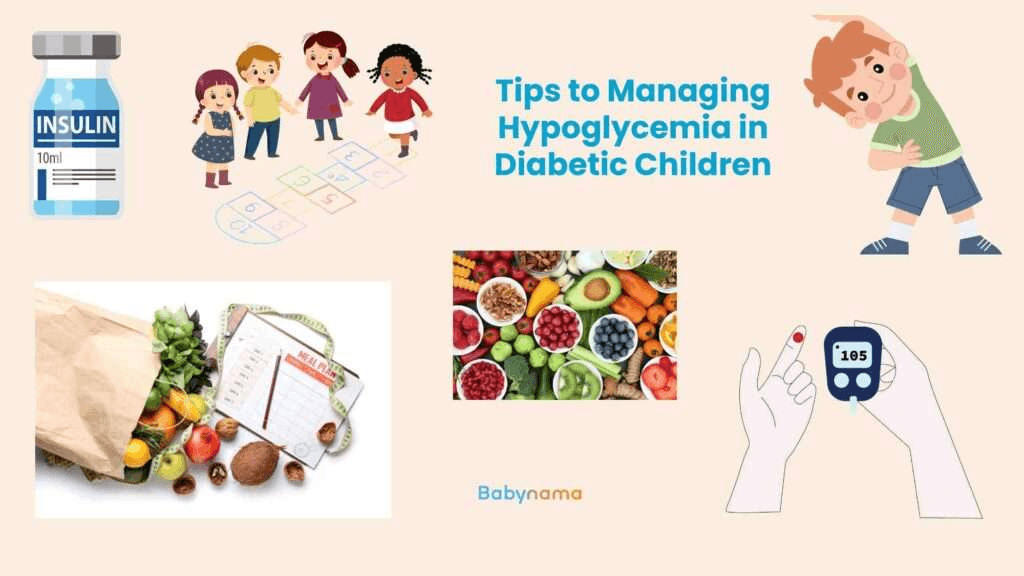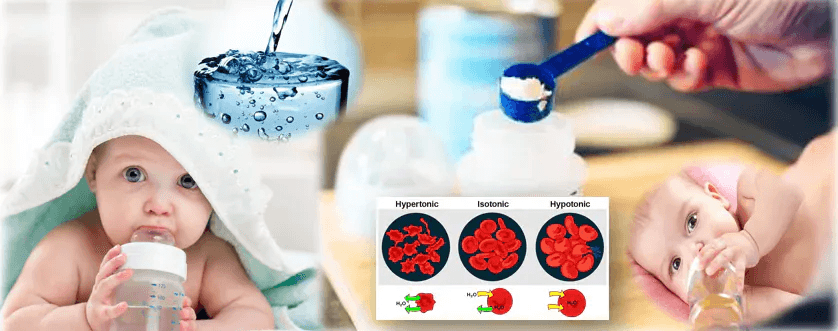
That familiar cry after your baby's vaccination shot – it's tough for any parent. Often, the shot is followed by worries about fever, swelling, or how fussy your little one might become. In India, parents often face a specific decision for the essential DTP (Diphtheria, Tetanus, Pertussis) vaccine given during infancy: should you opt for the "painful" or the "painless" version? This choice usually comes up for the shots given at 6, 10, and 14 weeks, and again for the booster around 16-18 months. Let's break down what this really means for your baby.
Understanding "Painful" Vaccines (DTwP) for Babies
- What it is: This is the traditional DTP vaccine, known as DTwP. The 'w' signifies it uses the 'whole-cell' of the inactivated bacteria that causes Pertussis (whooping cough).
- Why the Reaction: Using the whole bacterial cell prompts a very strong immune response from your baby's system. While effective for immunity, this often leads to more noticeable side effects.
- Common Side Effects in Babies: You might see more significant pain, redness, or swelling where the injection was given. Fever (sometimes high), increased crying, irritability, and changes in sleep or feeding are more common after DTwP.
- The Upside: Despite the side effects (which are usually temporary, lasting 1-3 days), this vaccine builds strong protection. Some studies suggest the immunity against pertussis might last slightly longer compared to the acellular version.
Understanding "Painless" Vaccines (DTaP) for Babies
- What it is: This version is called DTaP. The 'a' stands for 'acellular', meaning it uses only specific, purified parts of the Pertussis bacteria instead of the whole cell.
- Why "Painless"? Because it contains fewer components, the reaction from your baby's body is usually milder. Important: The term "painless" refers to the after-effects, not the actual needle prick – that still hurts! It means a lower chance of high fever, significant swelling, and prolonged fussiness after the shot.
- Common Side Effects in Babies: While side effects can still occur, they tend to be milder – less soreness or redness at the injection site, lower incidence of fever, and generally less irritability compared to DTwP.





